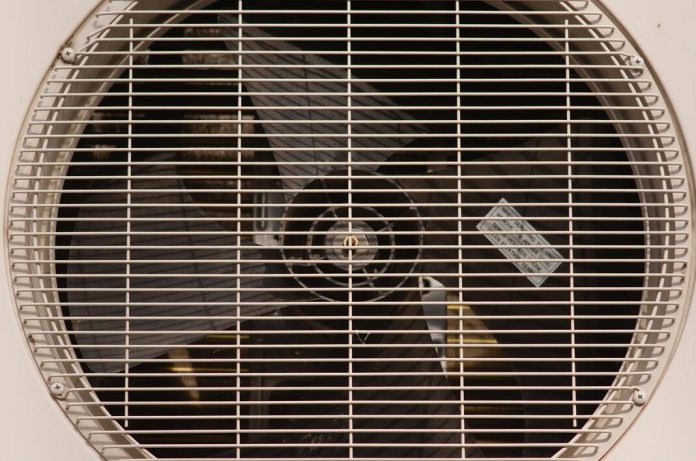
Struggling air conditioning units will be getting plenty of attention in the coming weeks, which is a good thing, according to the Texas Department of Licensing and Regulation. Performing early, regular maintenance can also help keep your system from breaking down on the hottest day of the year – an expensive and sweaty reminder that upkeep is important, the agency suggested. (Photo courtesy of Pixabay)
With the return of spring — and surging temperatures — Rio Grande Valley households are likely seeing increased use of air conditioners.
And the heat will only be intensifying with the looming summer months.
Struggling air conditioning units will be getting plenty of attention in the coming weeks, which is a good thing, according to the Texas Department of Licensing and Regulation.
Performing early, regular maintenance can also help keep your system from breaking down on the hottest day of the year — an expensive and sweaty reminder that upkeep is important, the agency suggested.
“Regular maintenance of your system will extend its life and discover any mechanical issues before they become expensive health and safety issues,” the agency advised Texans on Monday.
The first step in hiring an air conditioning contractor should be checking the TDLR website at www.tdlr.texas.gov, the agency suggested. The site helps consumers make sure they are hiring someone licensed.
“Hiring a licensed contractor helps ensure the safety of your family and property. Checking whether your technician is licensed is an important step in protecting yourself from shoddy and dangerous work,” TDLR Chief AC/R Inspector Bill Weatherly said.
Once you’ve confirmed that the contractor is licensed through TDLR, here are several things they should be inspecting in your cooling system.
According to the TDLR, the contractor should:
>> Check equipment cabinets for damage or missing panels.
>> Check and tighten compressor, fan motor, contractor and control panel terminations.
>> Check compressor crankcase heater for proper operation.
>> Lubricate condenser fan motor and indoor blower motor bearings, if applicable.
>> Check alignment, tension and condition of indoor blower belts, if applicable.
>> Check and clean condenser coils.
>> Check and clean evaporator coil and condensate drain pan. Add biocide pan tabs to condensate pan.
>> Check air filters and replace as necessary.
>> Start Indoor Blower and perform static pressure test to ensure proper air flow.
>> Start cooling cycle and check for refrigerant leaks.
>> Check system for proper refrigerant charge, trim charge as necessary.
>> Make operating log of all temperatures, pressures, voltages, and amperages.
>> Submit a written report to the customer and report any uncorrected deficiencies.



